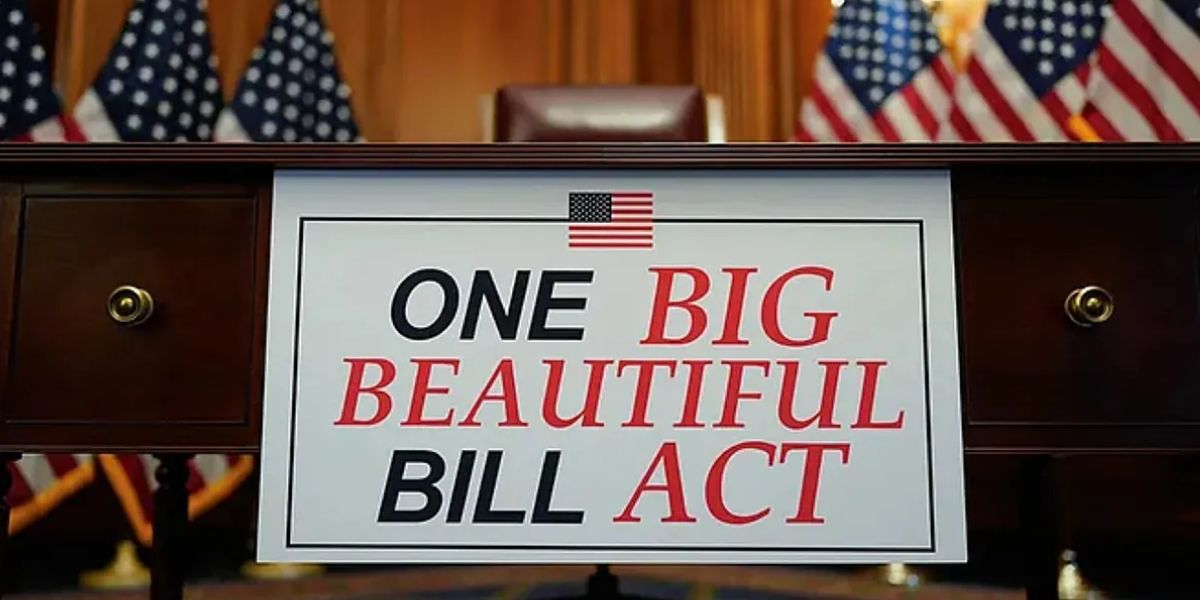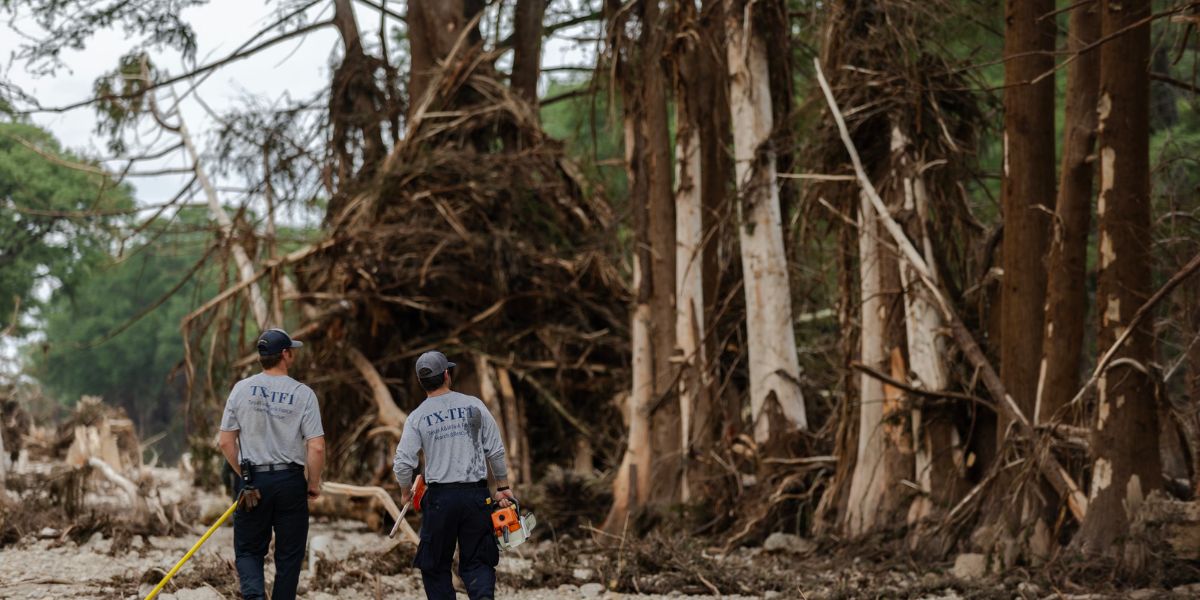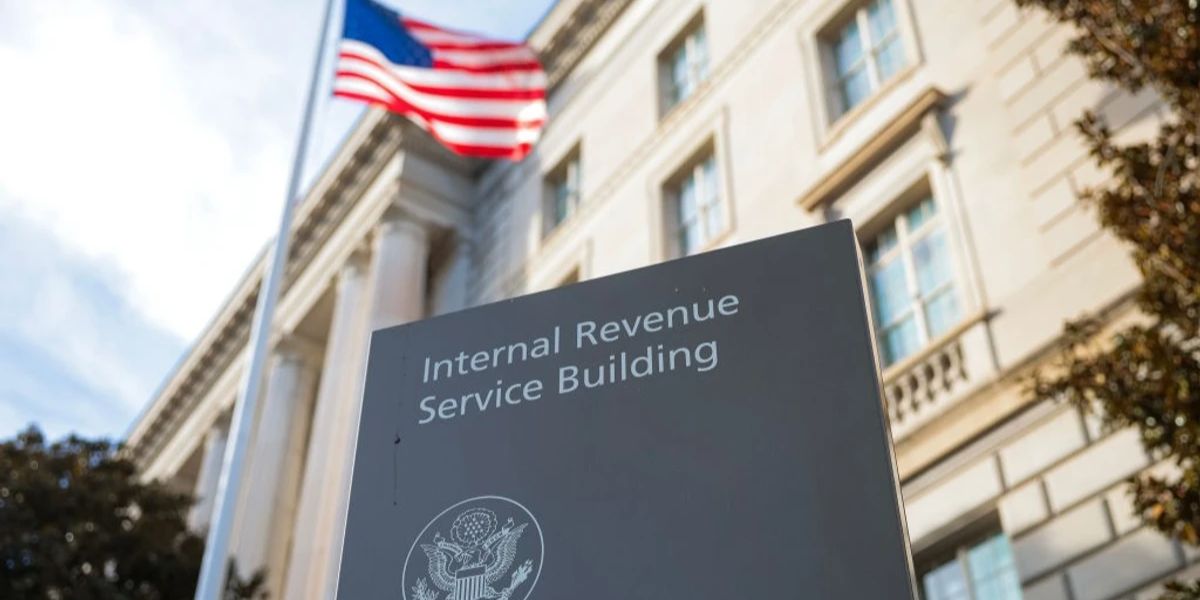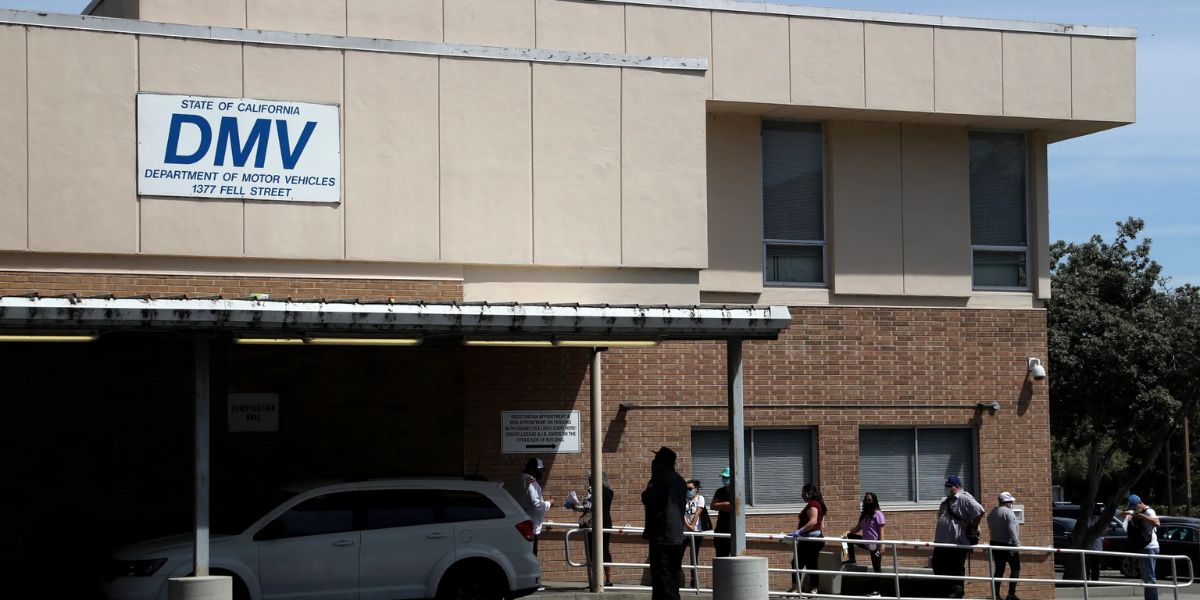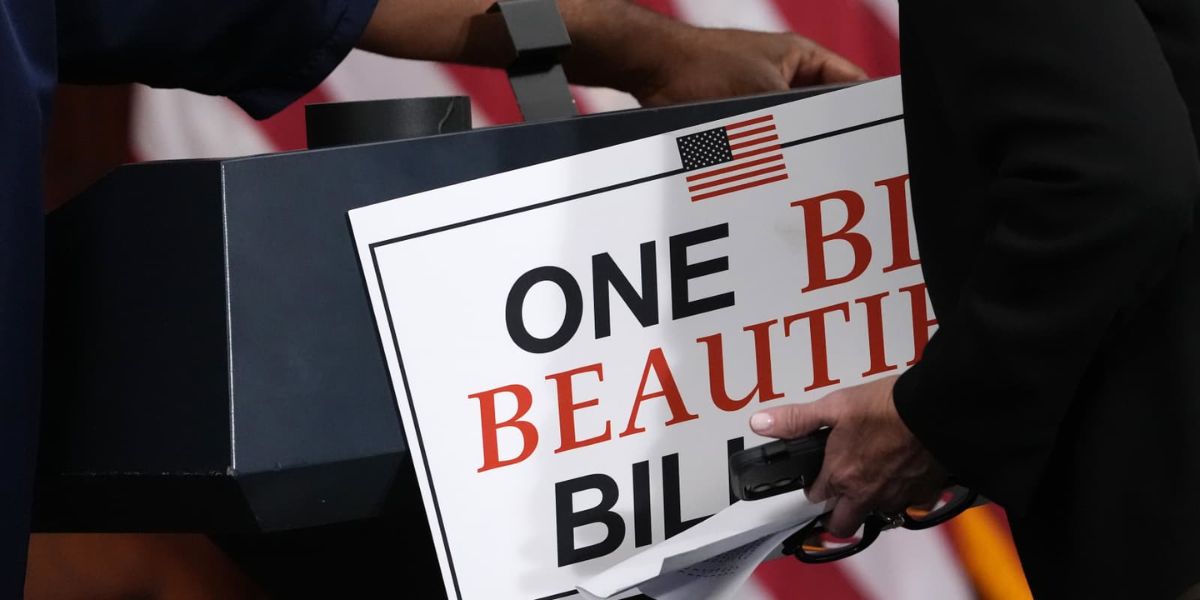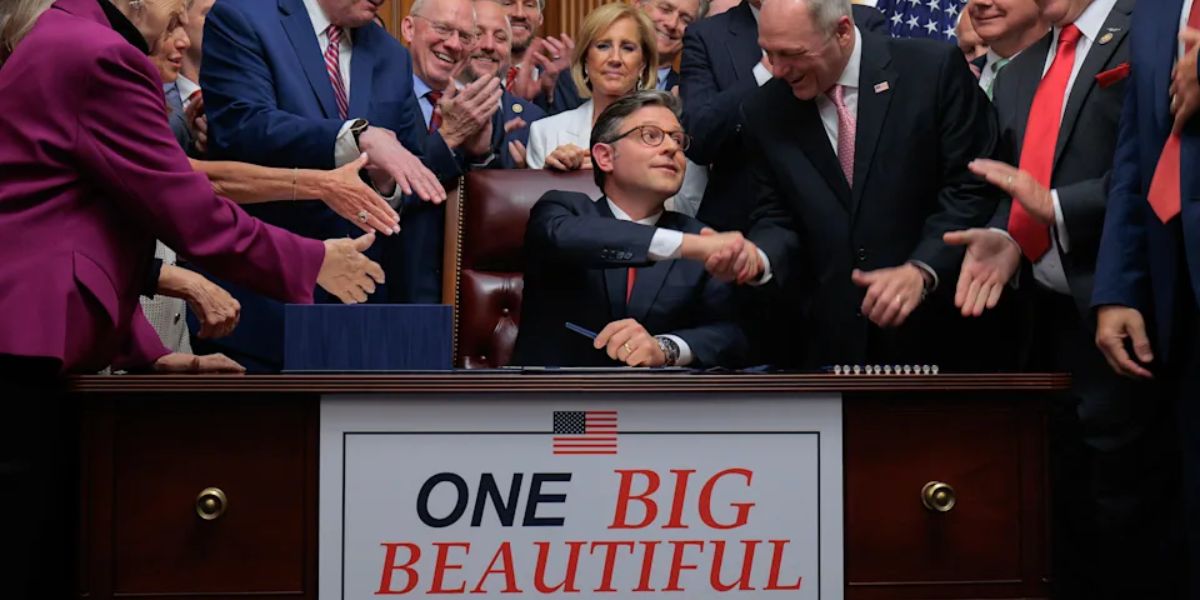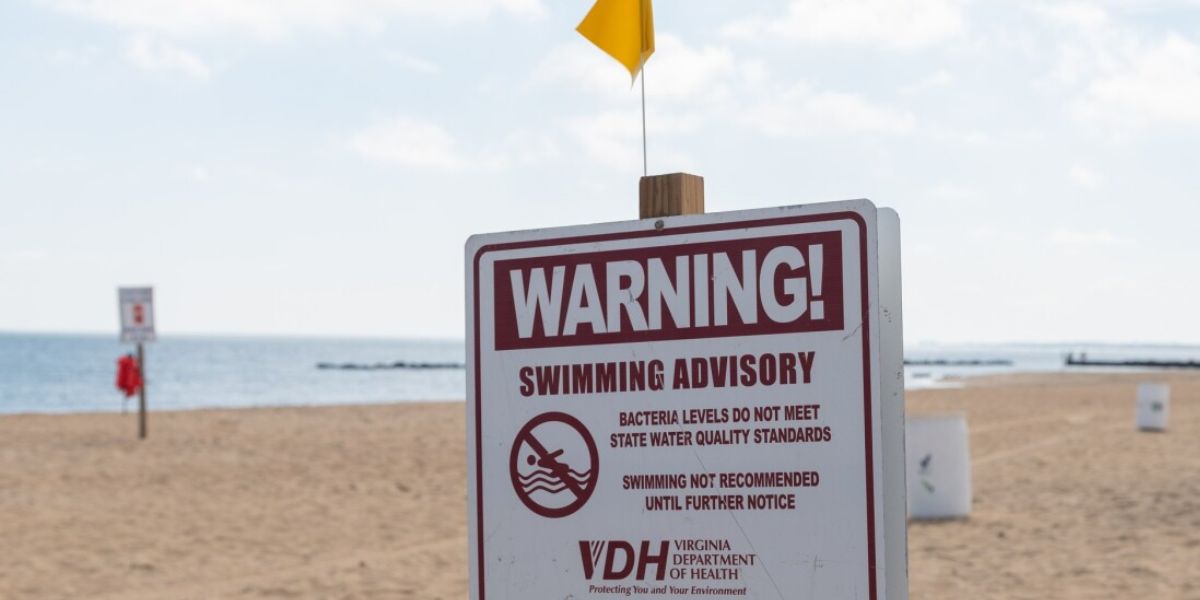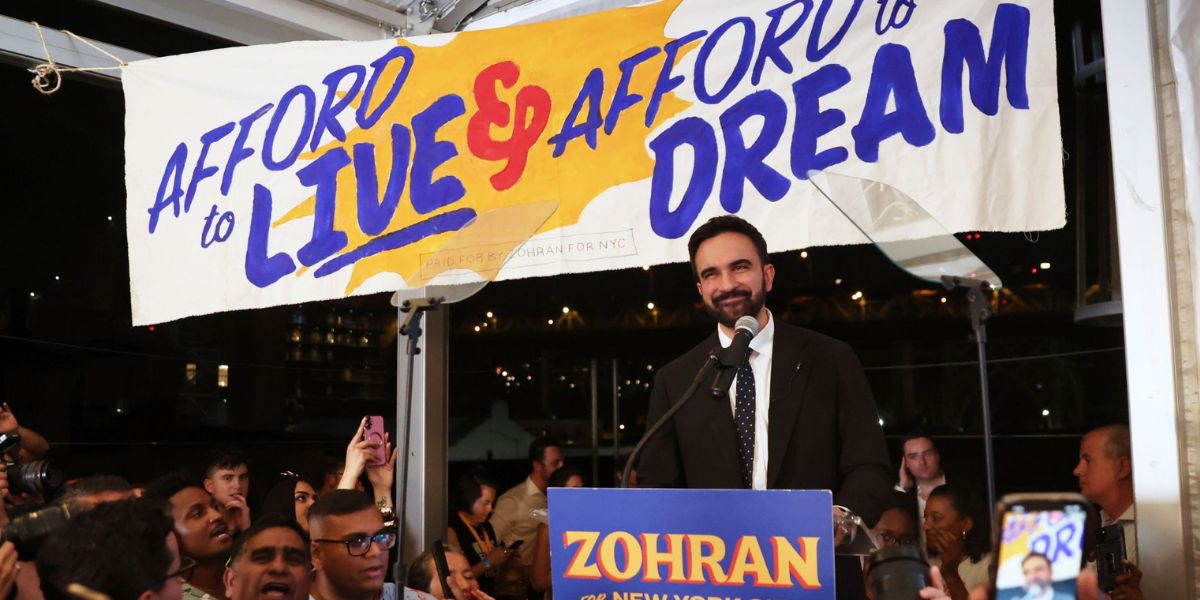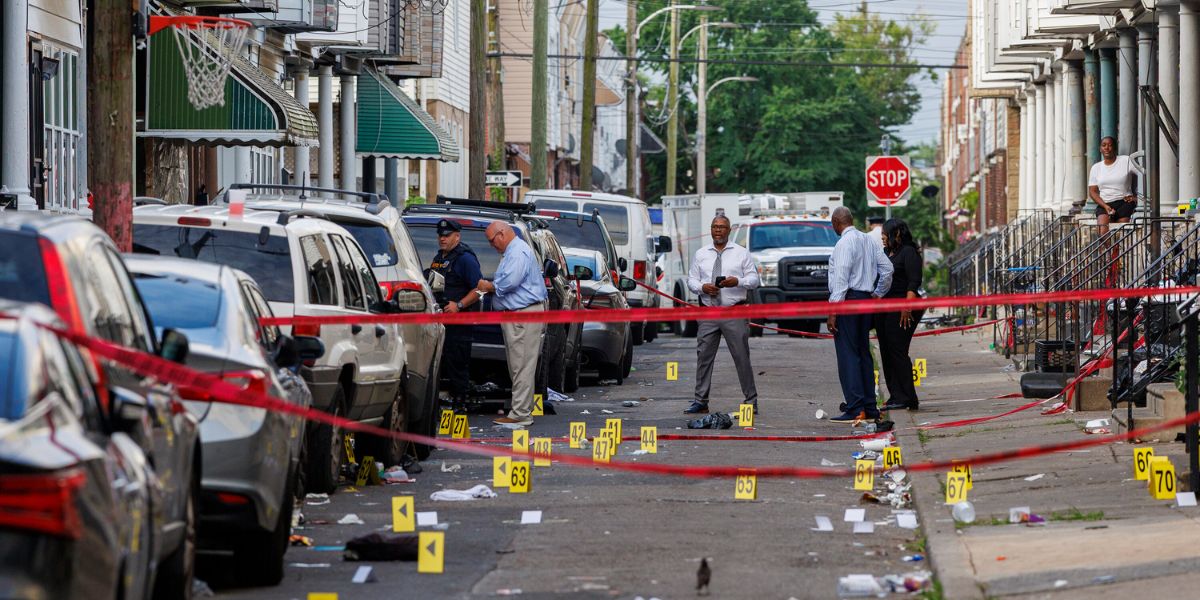WASHINGTON, D.C. — In a razor-thin 218–214 vote on July 3, the U.S. House of Representatives passed the One Big Beautiful Bill Act, a sweeping budget reconciliation proposal aimed at curbing federal spending — but critics warn it could strip millions of Americans of critical health care coverage.
The legislation, championed by President Donald Trump and GOP leaders, claims to eliminate fraud and “wasteful spending” in programs like Medicare and Medicaid.
However, according to the Congressional Budget Office (CBO), the bill’s projected $1.02 trillion cut in health funding by 2034 could leave more than 10.5 million Americans without health insurance.
Who’s Most at Risk?
The bill’s largest cuts target services for seniors, people with disabilities, and low-income families. According to the Center for American Progress (CAP), the fallout could include:
- Widespread loss of Medicaid/Medicare coverage
- Home- and community-based service (HCBS) rollbacks
- Hospital closures in rural areas
- Layoffs in the health care workforce
“Rural hospitals are already struggling,” said a CAP spokesperson. “Nearly half are operating in the red. Cutting Medicaid now is a death sentence for many of them.”
HCBS Funding Slashed
HCBS programs, which help seniors and people with disabilities remain at home instead of moving to institutions, are among the first expected to face reductions.
The bill only guarantees HCBS coverage for an estimated 27 people per state during its first year under the new funding limits.
While the bill promises $50 million in 2026 and $100 million in 2027 to help states retool their HCBS offerings, analysts call that amount “symbolic at best” when compared to demand.
Read Also: ‘Big Beautiful Bill’ Targets Tax Cuts for Seniors Receiving Social Security
Tougher Eligibility Rules & New Barriers
In addition to slashing funding, the bill introduces stricter eligibility requirements for programs like SSI and SSDI. Critics warn these changes could block access for people between jobs or recovering from illness — further destabilizing vulnerable communities.
Rural regions like Ridgecrest and other underserved areas may see the harshest consequences. According to CAP, rural hospitals received $12.2 billion in Medicaid support as of May 2025, but the new bill offers just $50 million annually in relief.
What’s Next?
Though the bill has passed the House, it faces an uphill battle in the Senate. Advocacy groups are urging voters to contact their senators and share how potential cuts might impact their families.
Do you or someone you know rely on Medicaid, SSDI, or rural health care? Share your story in the comments of ridgecrestpact.org.

